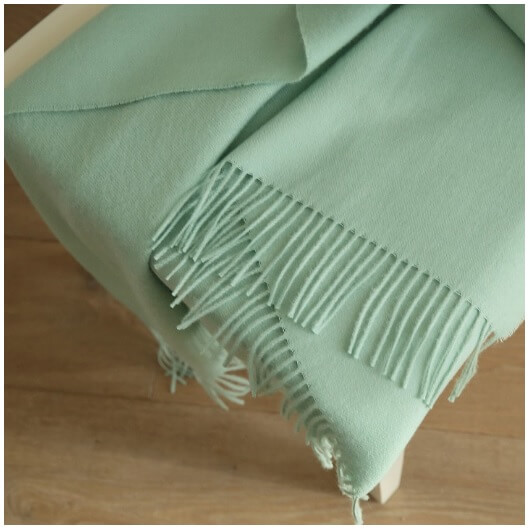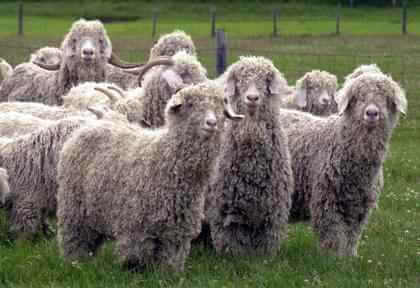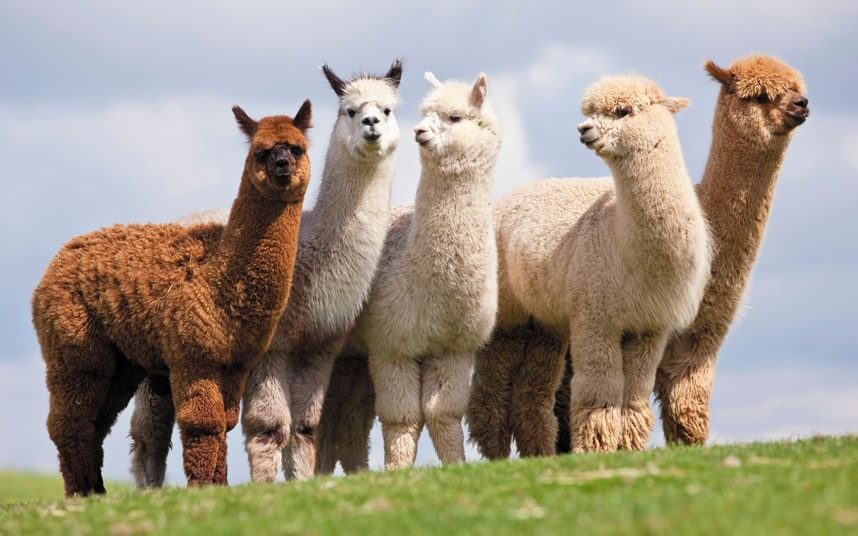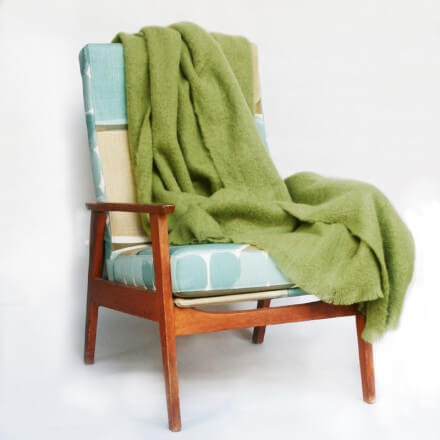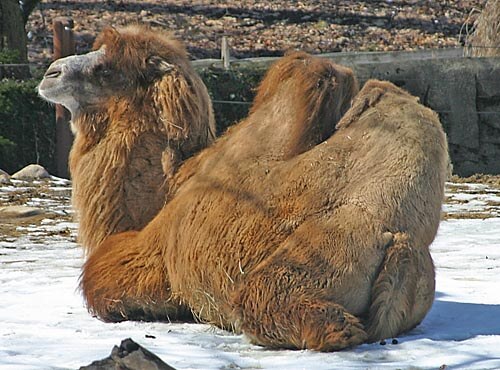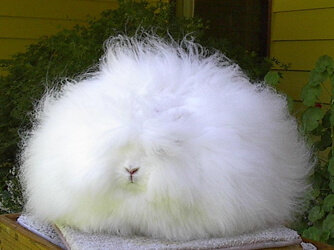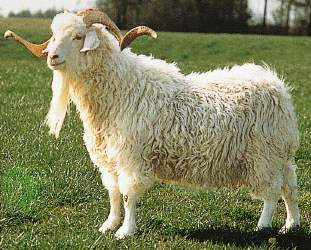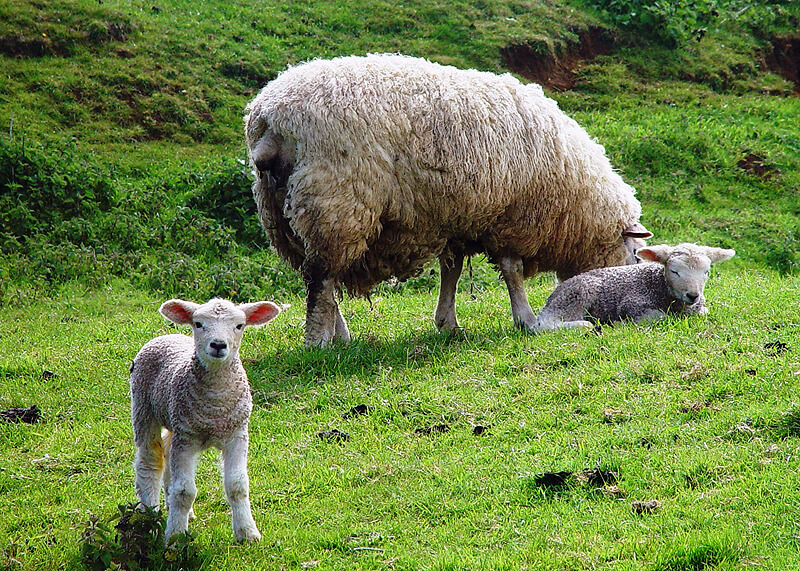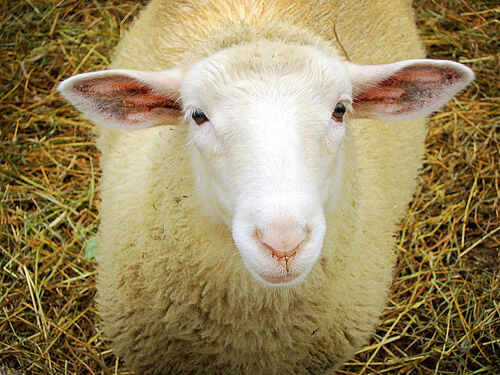We would like to tlk about different types of wool. Whether you are planning an afternoon picnic at a park, an evening at a rooftop bar or simply an outdoor movie night you are bound to get cold unless you have got something warm to cover your shoulders. And what better thing is there to keep your shoulders warm then a cosy wool throw?
With wool getting more and more popular and used for different types of products every day it is just the perfect time to find out more about the different types of it. While mohair is one of the most beloved fibres in the world there is still very little known about this unique type of wool. Today we are ready to introduce you the tree things you probably didn’t know about mohair.
Everyone loves the lovely fluffy cousins of llamas – alpacas, but how many of you know that they are the ones that produce the amazingly soft wool used to make the softest ever cosy alpaca wool throws? It is about time you find out more about these lovely creatures and the amazing fleece that they produce.
Perfect for a cold winter’s evening or fresh spring afternoon, the new Michaela Mohair throw from online wool brand WoolMe.com will add a touch of warmth to the home and wardrobe this season.
Baby alpaca throws are highly appreciated and widely used as a luxurious addition to one’s home. Does “baby alpaca wool” mean the fiber was taken form a baby alpaca? How this fiber is different from regular alpaca wool and other types of wool? Let’s find out.
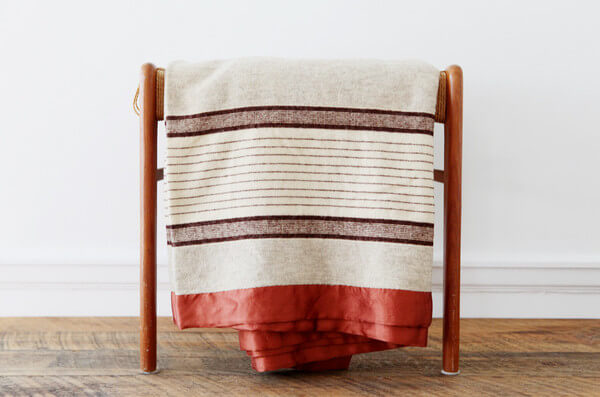
Every autumn and winter, lots of people look for at least one or two additional layers to put on in order to keep warm and stay healthy. Very often a layer of those is made from wool – sheep wool. Unfortunately, it is apparent that most people have never heard of alpaca wool, angora wool or cashmere wool.
Alpaca animal resembles a llama and both originated in the southern Andes, areas that today are part of Peru and Bolivia. In later years alpacas have been most successfully exported to many other countries – e.g. the United States, Australia, and are now bred for their exquisite wool.
Camel wool and yarn and products made of camel wool are not very common in everyday life but nevertheless our overview of wool yarn types would be incomplete without it. Camel hair is an animal fiber collected from the camel. The most satisfactory camel fiber is gathered from the two-humped Bactrian camels. There are two types of camel wool – the outer protective one called guard hair, which is coarse and inflexible, and the fine, shorter fiber of the insulating undercoat.
Unlike most other wool types, camel wool is collected not by shearing or plucking but gathered as the animal sheds its coat. Both the outer coat and the undercoat are gathered at the same time, and later with the help of combing (frequently by machine), the coarse outer hairs are separated from the finer ones.
Wool of different animals is probably the first fiber to be transformed into cloth. The ability and knowledge of how to spin wool into yarn developed several thousand years B.C. and encouraged trade among tribes of the Mediterranean Sea. Nowadays wool yarn is produced not only from sheep but from other animals – e.g. camels, goats, rabbits – as well. Wool and yarn are highly valued material in textile industry.
The value of the wool yarn is based on fiber diameter (the smaller – the finer), staple length (the longer – the worthier), and density (the tighter – the better).
Lambswool is wool which comes from the first shearing of a sheep (lamb) at the age around 7 months. The fleece is 50mm or shorter. It is exceptionally soft, slippery, resilient, elastic, and has supreme spinning properties. This is the highest quality of sheep’s wool on the market.
Its soft silkiness and warmth allow lambswool fiber to be used in the production of apparel worn close to the skin. Lambs wool also has other valuable qualities – it is the most hypoallergenic of all wool sorts and resists dust mites very well, and therefore makes an ideal choice for bedding and linens. Most of woolen children wear is made of lambs wool.
Sheep wool is the fiber that is harvested from the body of most sheep. It is an extremely complex protein, which evolved through ages for the protection of warm blood animals in a great variety of living and weather conditions. Each time the sheep is sheared its wool keeps growing and replenishes itself.
Sheep come is a variety of breeds – there are more breeds of sheep than breeds of any other livestock species. More than 1000 distinct sheep breeds are grown worldwide. They come in different sizes, shapes, and colors.
Sheep breeds are classified according to the type of wool fibers they grow (fine, medium, long or carpet wool; or hair), their primary purpose (meat, milk, or wool), and/or by other specific physical or production characteristics.
Wool fiber is known for high resiliency and elasticity – it can be bent more than 20,000 times without danger of breaking or any damage.

